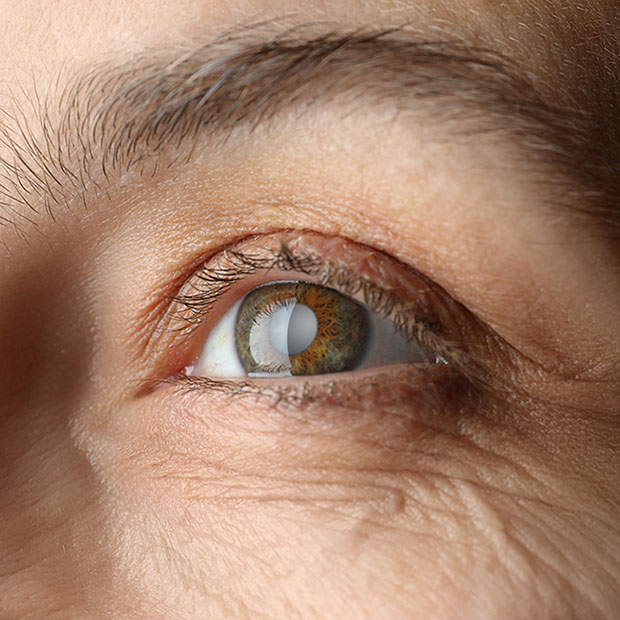Cataracts: Prevention and Treatment

Cataracts are a common age-related eye condition.
They are often characterized by the clouding of the eye’s natural lens. This progressive clouding can significantly diminish clarity of vision, leading to symptoms like blurred or double vision, faded colors, light sensitivity, and difficulty seeing at night. Globally, cataracts stand as one of the leading causes of visual impairment and blindness. While aging is the primary risk factor, understanding other contributing factors and available treatments can help protect your eyesight.
Reducing Your Risk of Cataracts
While some risk factors, such as age and genetics, are beyond our control, several modifiable factors can influence your likelihood of developing cataracts. Proactive steps can make a significant difference in preserving your vision.
1. Quit Smoking
Smokers are twice as likely to develop cataracts compared to non-smokers. Smoking exposes your eyes to harmful toxins, and there is no healthy way to consume tobacco, including vaping, as e-cigarette chemicals are linked to similar serious eye conditions. Quitting, or never starting, can significantly reduce your risk of eye diseases and improve overall health.
2. Manage Diabetes
Individuals with diabetes face quintuple the risk of developing cataracts. High blood sugar levels can cause the eye’s lens to swell and accumulate opaque proteins, leading to cloudiness. Effective management of chronic conditions like diabetes is crucial for overall and eye health.
3. Protect Against UV Exposure
Long-term exposure to the sun’s ultraviolet (UV) light can accelerate the clouding of the eye’s lens. Always wear UV-blocking sunglasses when outdoors, regardless of the season. Look for sunglasses that block 100% of both UV-A and UV-B rays. Wearing a broad-brimmed hat and seeking shade during peak UV hours also provides additional protection.
4. Maintain a Healthy Lifestyle
A nutritious diet rich in vitamins A, C, and E, along with omega-3 fatty acids — found in foods like carrots, leafy greens, eggs, and fish — provides essential building blocks for eye health. Regular physical activity also contributes to overall eye well-being.
When Cataracts Develop: Treatment Options
Fortunately, cataracts are considered one of the most treatable sight-threatening conditions. While there is currently no cure to prevent or reverse the clouding once it begins, the vision loss caused by cataracts is often temporary thanks to modern medical advancements.
The primary and highly effective treatment for cataracts is cataract removal surgery. This procedure is incredibly common and safe, and it can completely restore vision that has been lost due to cataracts. During the surgery, the clouded natural lens is removed and typically replaced with a clear, artificial intraocular lens, allowing light to properly focus on the retina once again.
Prioritizing Your Vision Health
Understanding the risks and taking preventive measures are crucial steps in safeguarding your vision. Regular eye exams are paramount for detecting cataracts and other eye conditions in their early, most treatable stages, even before symptoms become noticeable. Don’t wait for your vision to become significantly impaired. By staying proactive and seeking professional eye care, you can ensure your eyes remain healthy and your vision clear for years to come.